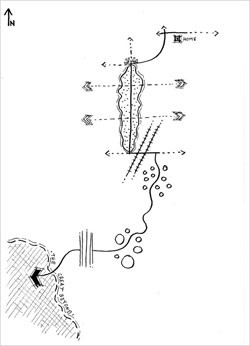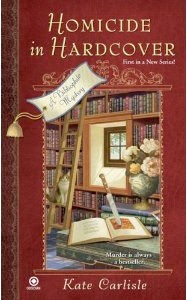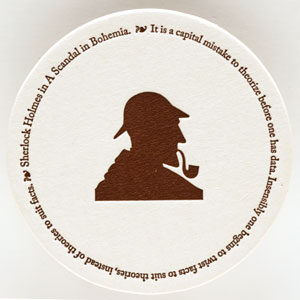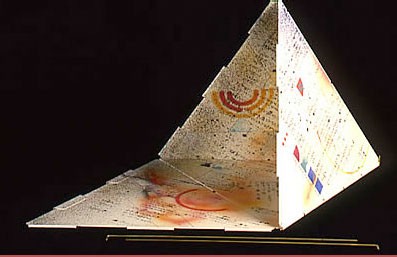 Faced with a new book, how do you decide whether it’s worth reading? I usually read the first couple of pages to see how fast I’m drawn in. I figured this was what everyone did, especially since for books available on a Kindle, Amazon lets you download the first chapter before you buy.
Faced with a new book, how do you decide whether it’s worth reading? I usually read the first couple of pages to see how fast I’m drawn in. I figured this was what everyone did, especially since for books available on a Kindle, Amazon lets you download the first chapter before you buy.
 But maybe not — according to this website, “people in bookstores often read page 99 of a book to get a taste for the writing — to determine if they’d buy the book.” They go on to say
But maybe not — according to this website, “people in bookstores often read page 99 of a book to get a taste for the writing — to determine if they’d buy the book.” They go on to say
You walk into Barnes & Noble or Chapters, wander around, find a book that intrigues you and check out the cover artwork, the title and author, and the snippet on the back — all of which are, of course, crafted to sell. Then? Then the savvy among us flip to page 99 and read that whole page.
That’s where the quality of the whole book can be revealed. How can that be? Well, page 99 is a perfectly random page and likely not as overworked as the opening and ending. So it can reveal a lot about the story, the tension — basically, the writing — in about 25 seconds.
How about you? How do you decide whether to read a book? (By the way, the website mentioned above, while not live yet, is going to allow writers to upload their page 99s for readers to get a taste of their publications.)
 The Hand Drawn Map Association is “an ongoing archive of user submitted maps and other interesting diagrams created by hand.” The one to the left is by Richard Crappsley and called “From Home to Tube Station” (it’s a walk through London). The maps are great and the site has an RSS feed (and twitter) so you can get notices of new maps.
The Hand Drawn Map Association is “an ongoing archive of user submitted maps and other interesting diagrams created by hand.” The one to the left is by Richard Crappsley and called “From Home to Tube Station” (it’s a walk through London). The maps are great and the site has an RSS feed (and twitter) so you can get notices of new maps.


 Faced with a new book, how do you decide whether it’s worth reading? I usually read the first couple of pages to see how fast I’m drawn in. I figured this was what everyone did, especially since for books available on a Kindle, Amazon lets you download the first chapter before you buy.
Faced with a new book, how do you decide whether it’s worth reading? I usually read the first couple of pages to see how fast I’m drawn in. I figured this was what everyone did, especially since for books available on a Kindle, Amazon lets you download the first chapter before you buy.
